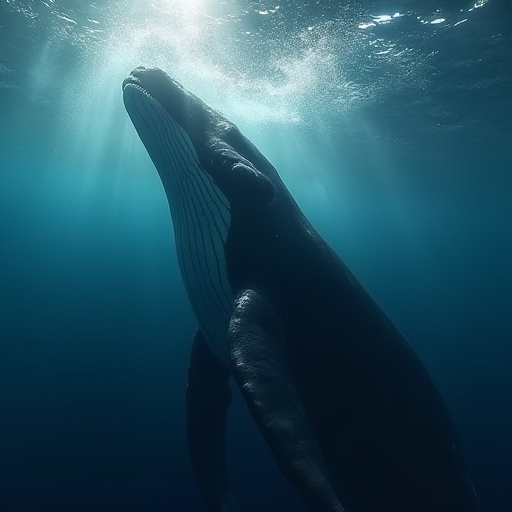
Why Do Whales Sing?
Whales, the majestic giants of the ocean, are known not only for their size and grace but also for the hauntingly beautiful songs they produce. These complex vocalizations have fascinated scientists and nature enthusiasts alike, prompting extensive research into their purpose and origin. But why do whales sing? This article delves into the various theories and discoveries surrounding whale songs, providing a comprehensive understanding of this remarkable natural phenomenon.
The Anatomy of Whale Songs
Before exploring why whales sing, it's essential to understand what constitutes a whale song. Whale songs are sequences of sounds that vary in frequency and duration. They are primarily produced by baleen whales, with the humpback whale (Megaptera novaeangliae) being the most well-known for its elaborate and melodic compositions. These songs can last for hours and are often repeated in sequences.
Whale songs are typically composed of units, phrases, and themes:
- Units are single sounds.
- Phrases are groups of units repeated in a set pattern.
- Themes are sequences of phrases that are repeated to form the song.
Theories Behind Whale Singing
1. Mating Calls
One of the most widely accepted theories is that whale songs serve as mating calls. Much like birds, male whales are believed to sing to attract females. The complexity and length of the song may signal the male's fitness and genetic quality. During mating seasons, these songs become particularly prominent, supporting the idea of their role in reproduction.
2. Communication
Whale songs may also function as a means of communication among individuals. Whales are social animals, and their songs might serve to coordinate activities and maintain social bonds within groups or pods. Songs can convey information about location, identity, and even emotional states. This communication is crucial in the vast, open ocean where visual cues are limited.
3. Navigation
Some researchers suggest that whale songs play a role in navigation. The ocean is a dense medium where sound travels far, and whales might use their songs to map out their surroundings. Echolocation is a well-documented navigation method in toothed whales, but it's possible that baleen whales use their songs in a similar, albeit more passive, way to understand their environment.
4. Establishing Territory
Another hypothesis is that whale songs are used to establish and defend territory. By singing, a whale may assert dominance over a particular area, warning other males to stay away. This territorial behavior is observed in many animal species and could be a reason for the intricate and repetitive nature of whale songs.
Recent Discoveries and Research
Advancements in marine biology and acoustic technology have provided deeper insights into whale songs. Researchers have discovered that whale songs are not static; they change and evolve over time. This evolution can occur within a single season or over several years, suggesting a complex cultural transmission akin to human music and language.
Multi-year studies have shown that certain whale populations adopt new songs from other groups, leading to a fascinating cultural exchange. This phenomenon is particularly notable in humpback whales, where entire populations can shift their song patterns in response to exposure to new songs.
Additionally, recent research has highlighted the impact of human activity, such as shipping noise and climate change, on whale songs. Increased noise pollution can interfere with whales' ability to communicate and navigate, posing significant challenges to their survival and reproduction.
Conclusion
The question of why whales sing remains partially unanswered, with multiple plausible theories and ongoing research. Whether for mating, communication, navigation, or territorial purposes, whale songs are a testament to the complexity and adaptability of these marine mammals. As we continue to study and understand these awe-inspiring creatures, whale songs remind us of the intricate and interconnected web of life beneath the ocean's surface, urging us to protect and preserve their natural habitats.
